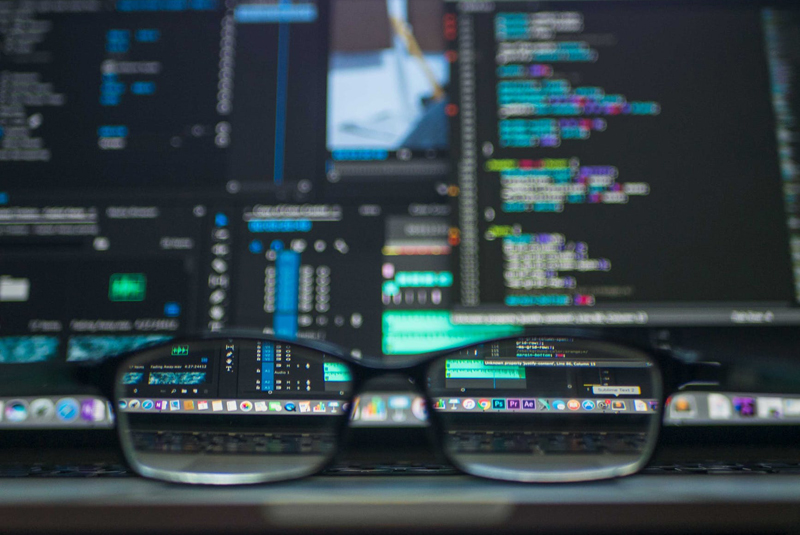Graphical User Interface Definitions

Drowning in a sea of geek speak? Think desktops and windows are part of an office and not an operating system? You have come to the right place! Listed below, with definitions, is the third listing of common terminology associated with using a personal computer and technology. This listing is specific to using a graphical computer interface such as MS Windows – it is a partial listing additional terminology will be defined later.
Desktop
The desktop is the graphical interface for the operating system. The function of the desktop is to provide a method for the user to interact with the hardware and software of the computer. The desktop contains folders, icons, windows, toolbars and tools that allow the user to customize the computing environment and complete tasks.
Shortcut
A shortcut is an icon that can be placed on the desktop, or a folder, that provides a link to a program or folder. For example, a user may place a shortcut to a folder on the desktop so they do not have to browse to the folder to access the contents.
Icon
An icon is an electronic picture that is used to represent an application, file, folder or function. Icons were developed and used to make interaction with the computer easier for the user.
Menu and Submenu
The menu system is used to interact with the operating system or a program. Examples of menus include File, Edit or View. Typically menus are located on the toolbar of the associated application and can be accessed using a mouse or keyboard shortcut. When a menu is selected a submenu is displayed that lists the functions available to the user. Menus and submenus are different for each application and in many instances also change depending on the task the user is trying to complete.
Left-Click and Right-Click
When using a mouse or other pointing device such as a touch-pad the user has the ability to either left-click or right-click which corresponds to the buttons on the device. In a typical configuration the left-click (or left button) activates a command or function. The most familiar left-click function is double-clicking to launch an application.
The right-click (or right button) typically opens a submenu that allows the user to access commands associated with the application. For example, a user might right-click to access the submenu of an icon and then select a command (such as properties) to perform an action on the icon.
Window
A window displays an application that is running on a graphical operating system such as MS Windows (hence the name!) Windows allows the user to simultaneously run and switch between multiple applications. The windows can be arranged, tiled or overlapped, to the users liking allowing the user to control the interface.
Desktop
The desktop is the graphical interface for the operating system. The function of the desktop is to provide a method for the user to interact with the hardware and software of the computer. The desktop contains folders, icons, windows, toolbars and tools that allow the user to customize the computing environment and complete tasks.
Shortcut
A shortcut is an icon that can be placed on the desktop, or a folder, that provides a link to a program or folder. For example, a user may place a shortcut to a folder on the desktop so they do not have to browse to the folder to access the contents.
Icon
An icon is an electronic picture that is used to represent an application, file, folder or function. Icons were developed and used to make interaction with the computer easier for the user.
Menu and Submenu
The menu system is used to interact with the operating system or a program. Examples of menus include File, Edit or View. Typically menus are located on the toolbar of the associated application and can be accessed using a mouse or keyboard shortcut. When a menu is selected a submenu is displayed that lists the functions available to the user. Menus and submenus are different for each application and in many instances also change depending on the task the user is trying to complete.
Left-Click and Right-Click
When using a mouse or other pointing device such as a touch-pad the user has the ability to either left-click or right-click which corresponds to the buttons on the device. In a typical configuration the left-click (or left button) activates a command or function. The most familiar left-click function is double-clicking to launch an application.
The right-click (or right button) typically opens a submenu that allows the user to access commands associated with the application. For example, a user might right-click to access the submenu of an icon and then select a command (such as properties) to perform an action on the icon.
Window
A window displays an application that is running on a graphical operating system such as MS Windows (hence the name!) Windows allows the user to simultaneously run and switch between multiple applications. The windows can be arranged, tiled or overlapped, to the users liking allowing the user to control the interface.
You Should Also Read:
Personal Computer Definitions
More Personal Computer Definitions

Related Articles
Editor's Picks Articles
Top Ten Articles
Previous Features
Site Map
Content copyright © 2023 by Allison Nunn. All rights reserved.
This content was written by Allison Nunn. If you wish to use this content in any manner, you need written permission. Contact Allison Nunn for details.


